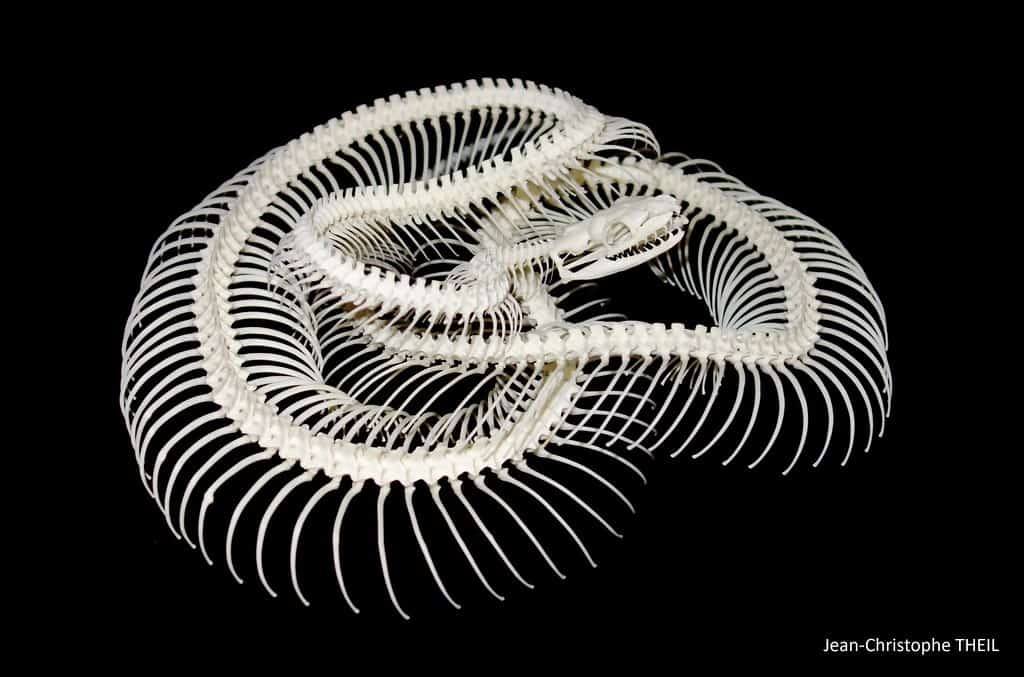Anatomy:
Reptile’s body consists of a head, a long trunk, a tail and short limbs. In some species there is a well-formed neck between the head and the trunk. There are reptiles with atro- phied limbs. Reptiles range in size from a few centimetres to several metres.
The upper jaw and the lower jaw of the snakes are connected so that they can move apart from each other. This allows them to swallow eggs or whole animals larger than them- selves. They have 5 types of vertebraes and the second one is mobile, which gives them the possibility to turn their head greatly. Reptiles move by ripples of the body or by walking for lizards as an example.
The digestive system is structured in a manner similar to that of amphibians. The tongue is long and ejects outdoors to capture food.
The blood, which comes from both atria, mixes partly in the ventricle. The blood, which cir- culates through the blood vessels in the body, is more saturated with oxygen than in am- phibians. But still, the body temperature is inconsistent. It depends on the temperature of the surrounding environment. Reptiles are not active in low temperatures.
The genital system consists of two ovaries in females and two testicles in males, the he- mipenis. Some reptiles lay eggs and some do not (for example in the boidae).
Vision is highly developed for snakes, but is often weak in burrowing species.
The olfaction of reptiles is well developed. The auditory organ is structured from an inner ear, but have a very poor hearing. On the other hand, they are very sensitive to the vibra- tions of the ground, which serves them during hunting. However, external ears appears in lizards.
They perceive odors through Jacobson’s organ which functions independently of the nos- trils. The long, fine and bifid tongue regularly collects the smells of the atmosphere and transmits them to Jacobson’s organ which opens in the palace. In some species, there are heat-sensitive dimples located between the nostrils or dug into the labial scales. They are sensitive to temperature variations of 0.2 to 0.5°C and it helps the snake to detect prey in
the dark.


